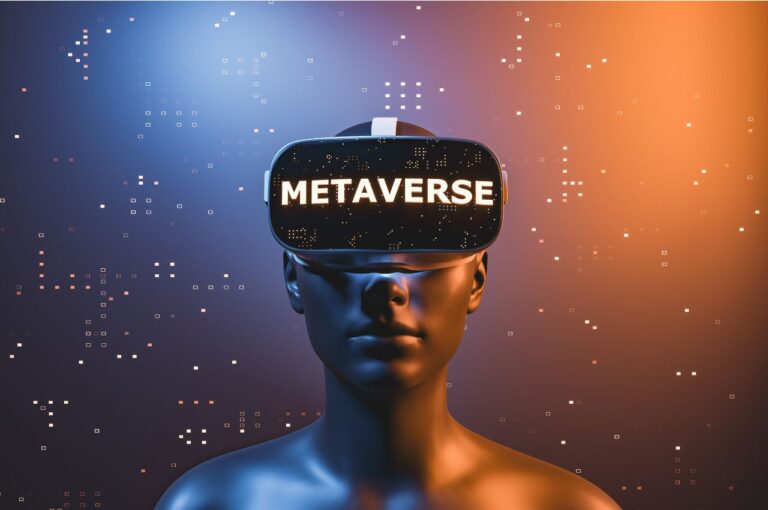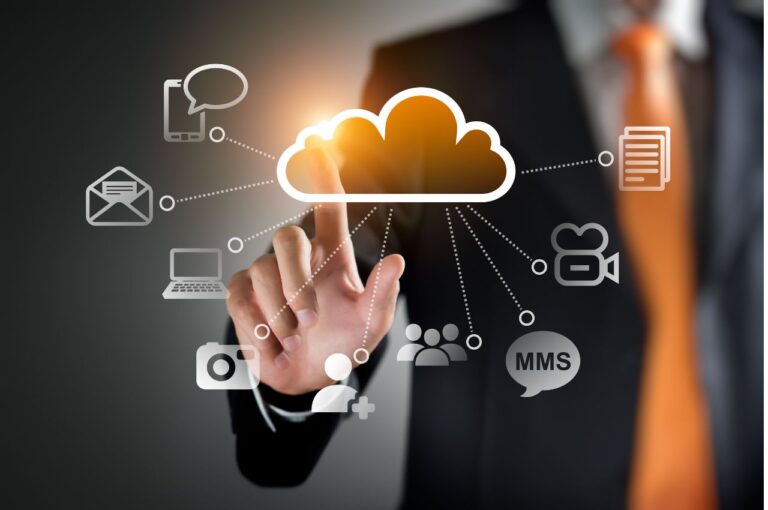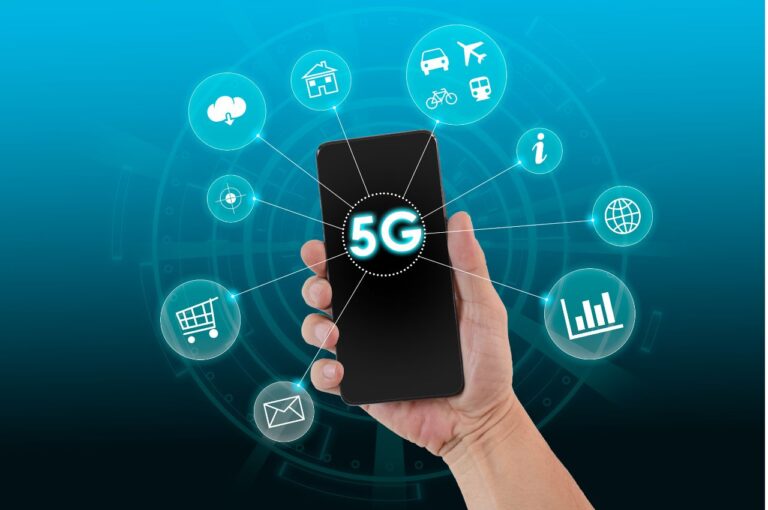Listen to the article
As the world becomes more technologically advanced, more people have turned to the internet to conduct their business. Many people have turned to the platform economy to access new markets, offer their services or look for skilled talent.
The platform economy has significantly transformed how we work and interact with each other. It has created new opportunities for businesses and workers to participate in the global economy. The platform economy has also disrupted traditional industries.
This article aims to provide an introduction to the platform economy and outline a simple way individuals and businesses can get started.
What is the Platform Economy?
Wikipedia defines the platform economy as economic and social activity facilitated by platforms. These platforms are online matchmakers and are marketplaces that enable businesses or individuals to buy and sell goods and services, share resources or collaborate in various ways.
The platform economy is also known as the creative economy, sharing economy, gig economy, on-demand economy or peer economy. The names are used interchangeably.
More businesses are adopting the platform business model to remain competitive. Platforms use the internet to connect groups of people to facilitate digital interactions.
Platforms are classified into different types based on their core functions. Sharing economy platforms e.g. Airbnb and Uber. Gig economy platforms e.g. Fiverr and Upwork. E-commerce platforms e.g. Amazon and Alibaba. Social media platforms e.g. Facebook and Instagram.
TechTarget notes that there are three major types of platforms which include: the transactional platforms that serve as virtual marketplaces or meeting places for various groups of people (Amazon, Etsy, Airbnb), innovative platforms that provide technology frameworks to customers and can be adapted for individual use (Microsoft, Oracle, Salesforce), and integration platforms that are a combination of the transaction and innovation platforms (Apple App store or Google Play store).
How Does the Platform Economy Work?
In the traditional business model also known as the linear business model, people create products and services and sell them to customers. With the platform economy, buyers and sellers are matched, and it is easier for sellers to find customers.
According to APPLICO, linear companies create value in the form of goods and services and then sell them to someone downstream in their supply chain. It also notes that the platform is solely focused on building and facilitating a network and does not own the means of production.
One key benefit of platforms as noted by HubSpot is that the platform business model allows platforms to grow and scale rapidly because they don’t own the resources that create the value and their growth is not contingent upon resources or capital.
Below are general steps on how the platform economy works.
- A company creates a digital platform that enables people from different parts of the world to transact and interact.
- Users register to use the platform and include their personal information and preferences.
- Users communicate with each other and negotiate for prices using the messaging features the platform provides.
- The platform facilitates the processing of transactions, which include payments and delivery.
- Once a transaction is complete, the users rate and review each other. This helps the platform build trust with the community within it.
- The platform also uses data analytics and optimization to improve performance and user experience.
There are issues of concern on platforms that are constantly being addressed and they include: privacy, security, regulation, and labour rights. To confidently use a platform, read its reviews by third party websites so you can gain insights into its credibility.
Example of a Company Using the Platform Economy
Fiverr, a freelance platform
Fiverr helps people find the right freelance services for their businesses. It connects individuals and businesses with freelancers who provide services such as writing, graphic design, and consulting, among others. Freelancers put up profiles showing the services they offer and their prices. When a business or individual buys a service and completes the transaction, they rate the service, and the rating is made public.
Freelance platforms have disrupted the traditional employment model by offering flexible work arrangements. The International Labour Organization (ILO) says that digital labour platforms create new income generating and employment opportunities and especially for disadvantaged workers who face barriers in obtaining access to the labour market. These workers include women, people with disabilities, and young people, among others.
How to Get Started with the Platform Economy
You can start using the platform economy today, and the steps below will guide you.
- Identify the goods or services you need so you can find the platform that will provide them. If you are a service provider, identify a platform where you can offer your goods or services.
- Look at different platforms that have the services you need or allow you to offer your skills. Read reviews and ratings, and compare features and fees.
- Sign up to the platform of your choice. Include your personal information such as name, email and payment details.
- Start using the platform to buy a service or offer one. Provide feedback by giving a rating as this helps build trust in the platform’s community.
Conclusion
Platforms give businesses a competitive edge because they enable them to offer competitive prices to customers while generating enough profits. Using platforms is easy and you can get started with a few clicks. Always follow platform guidelines and do your due diligence to avoid suspension and scams.
If you would like to know more about emerging technologies, get in touch with us today.



